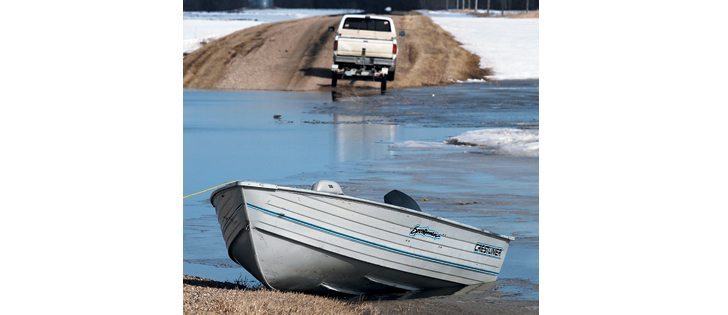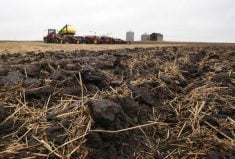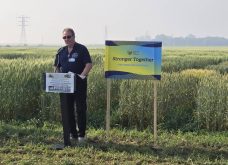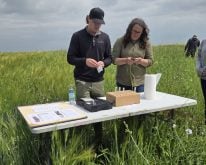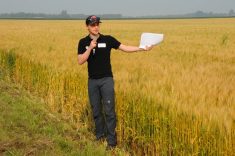I feel odd this year, out-of-kilter, like something’s not quite right.
That’s what it’s like to be a southeastern Manitoba agriculture reporter and not have massive floods to cover.
Almost every spring for years, I’ve been racing out in April and May to cover destructive flooding along the Red or Assiniboine rivers.
Floods can spread kilometres wide along the Red, and it’s always sobering to see the towns of the valley, such as Morris, hunkered down behind high dikes and being mostly cut off from the world.
Read Also

High prices see cow-calf producers rushing to incorporate
Farm accountants are reporting a steady stream of cow-calf producers rushing to get their operations incorporated ahead of selling their calves this fall.
Along the Assiniboine three years ago, a feeling of panic gripped the area as a huge crest moved down from western Manitoba toward banks that couldn’t hold, or could, or were about to burst. Flood authorities seemed to change the story every day.
I remember visiting farms and rural homes during those awful days, as people prepared for the government to tear a hole through the banks just east of Portage La Prairie at the Hoop and Holler bend, planning to deliberately flood them to save people downstream.
And I visited a number of farms and ranches around Lake Manitoba that were flooded as a result of the Portage Diversion being used to channel water away from the eastbound Assiniboine.
There’s none of that around here this year, although west of Brandon is a different story, as my colleague Robert Arnason has written about.
Because I was feeling so unsettled by the lack of floods this spring, I headed out to some of those places, like the Hoop and Holler and the diversion, to capture the different mood and provoke memories of those dramatic times. I did a little self-made video about it that’s posted in my blog on our website at www.producer.com.
It’s nice to not have to cover devastating floods, but when you’ve become used to doing that kind of coverage, the absence can feel oddly unsettling.


